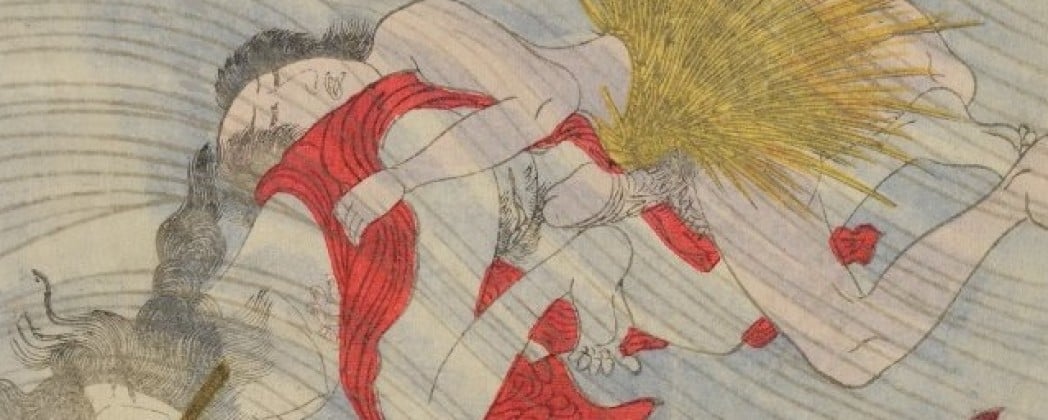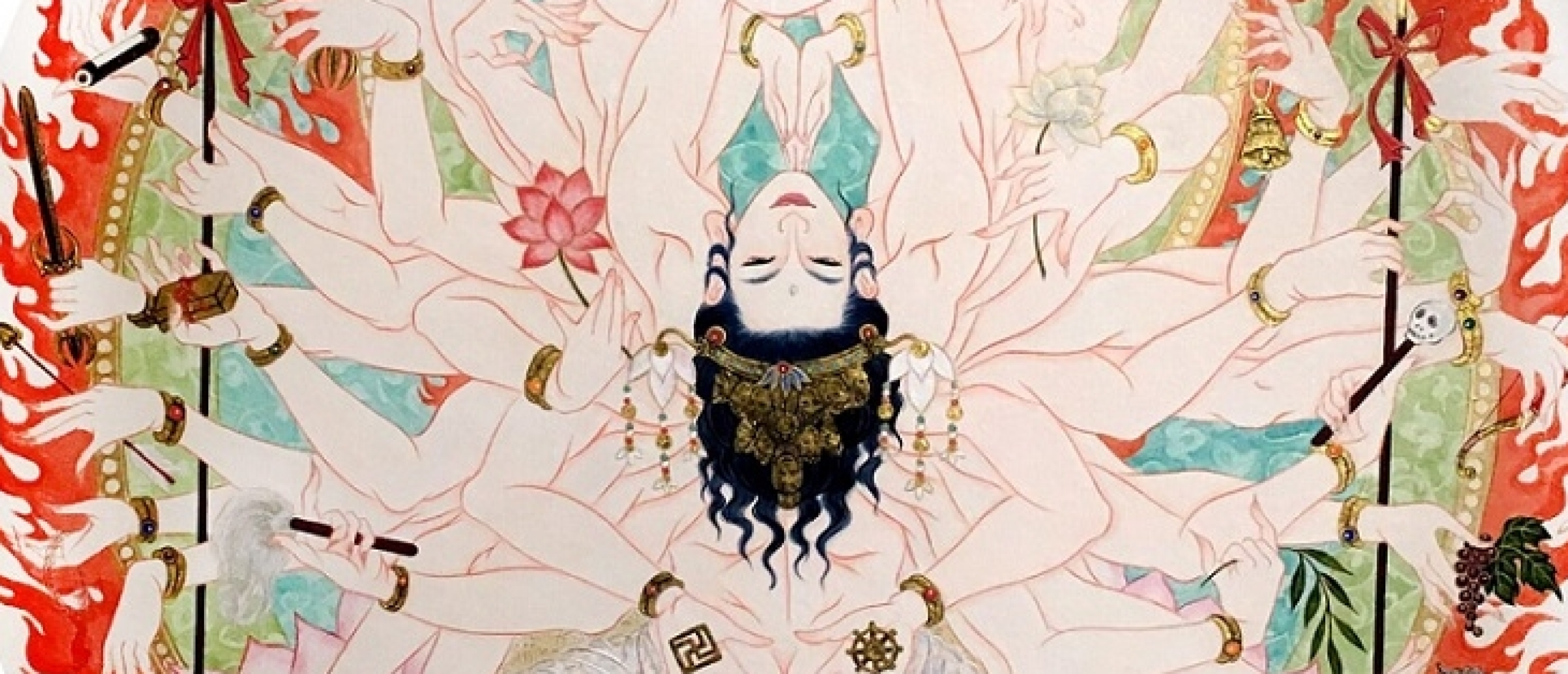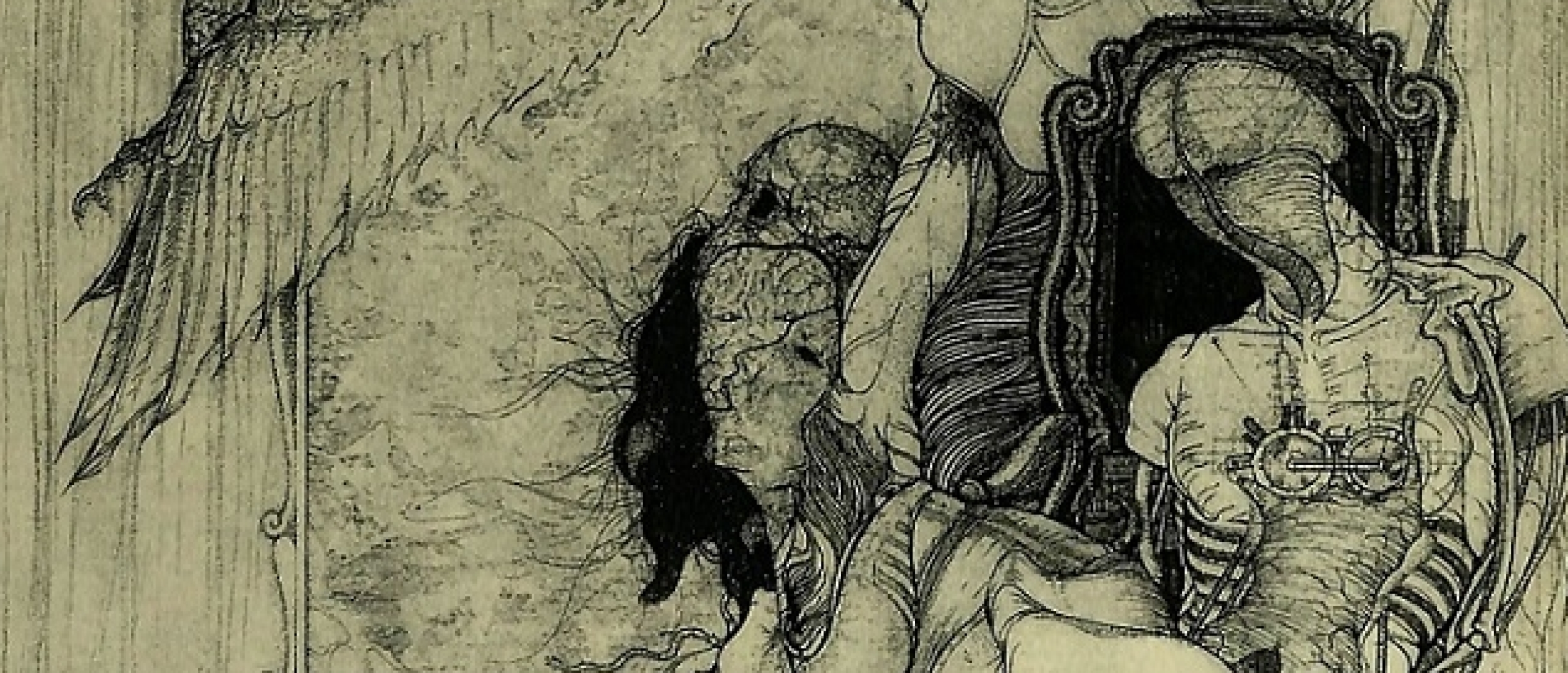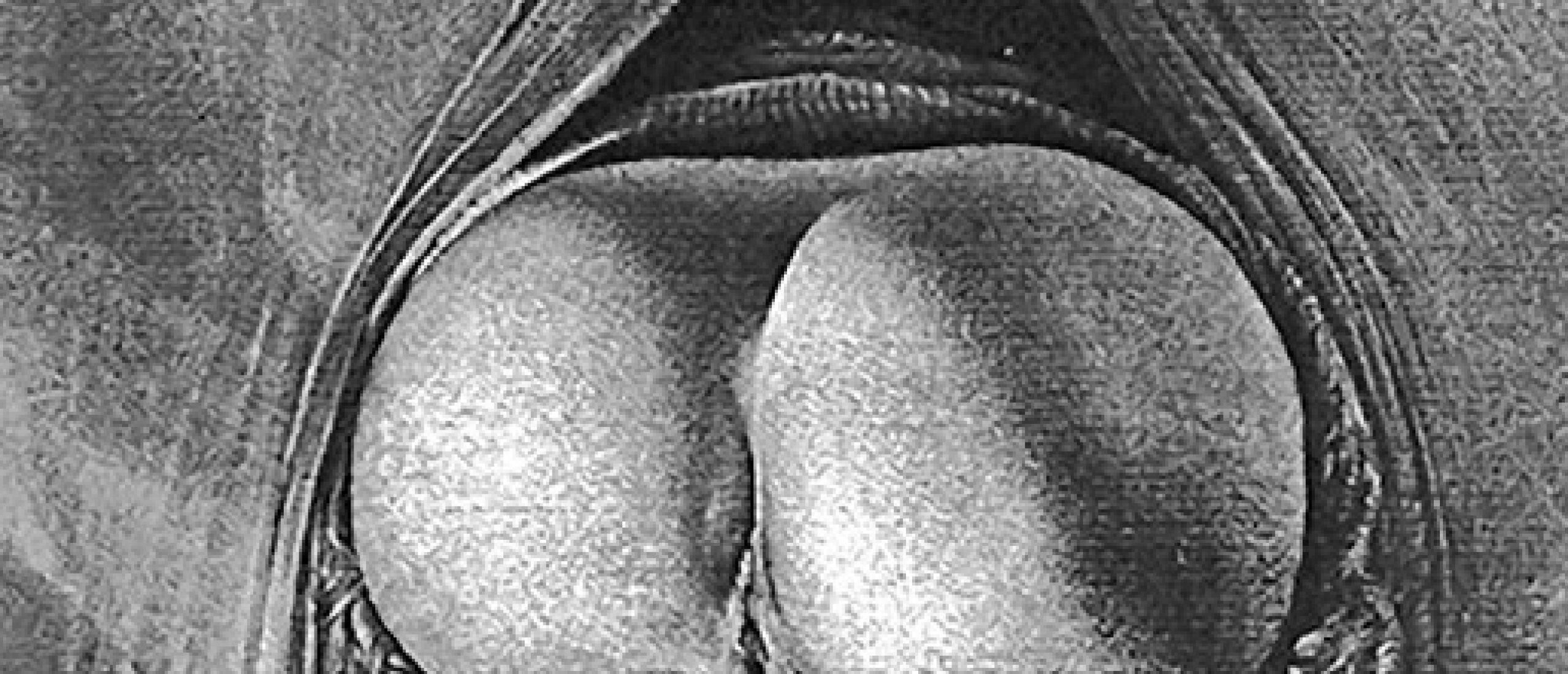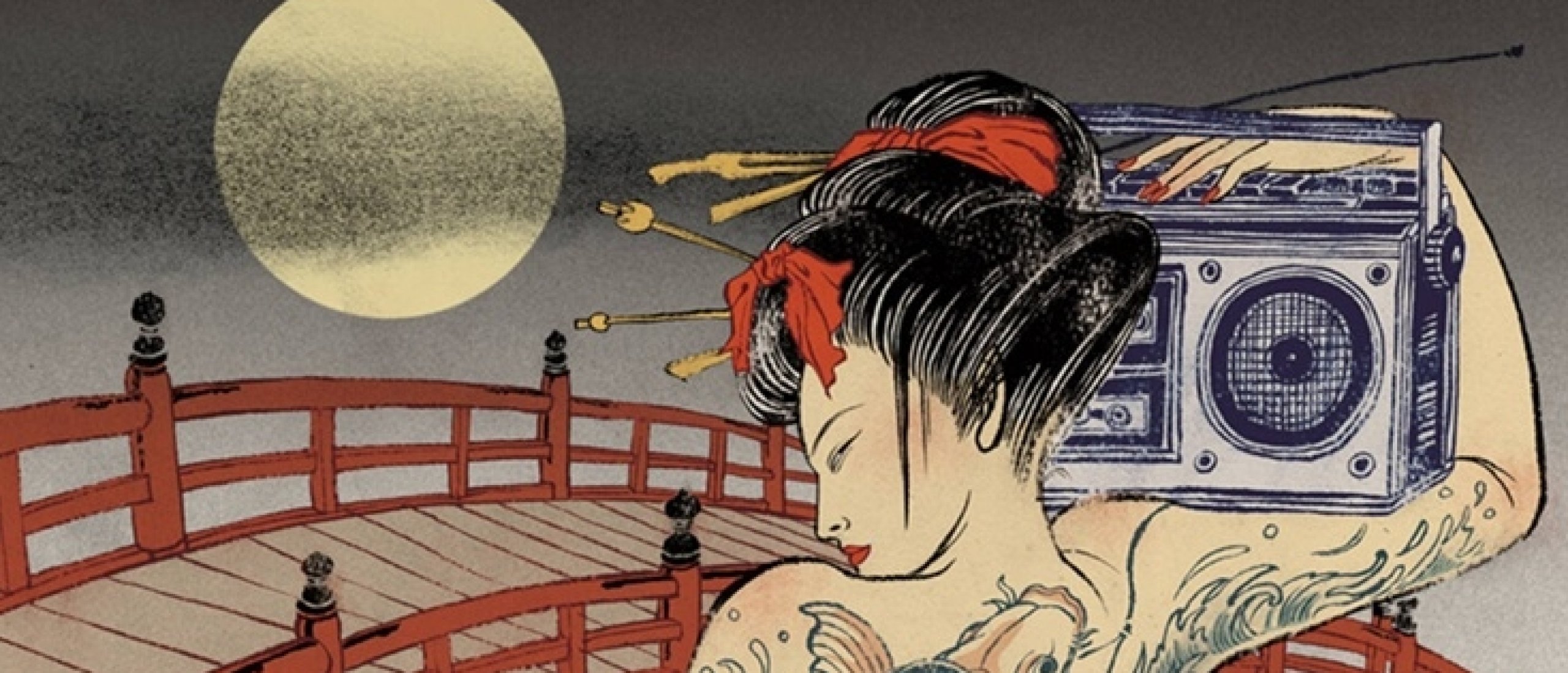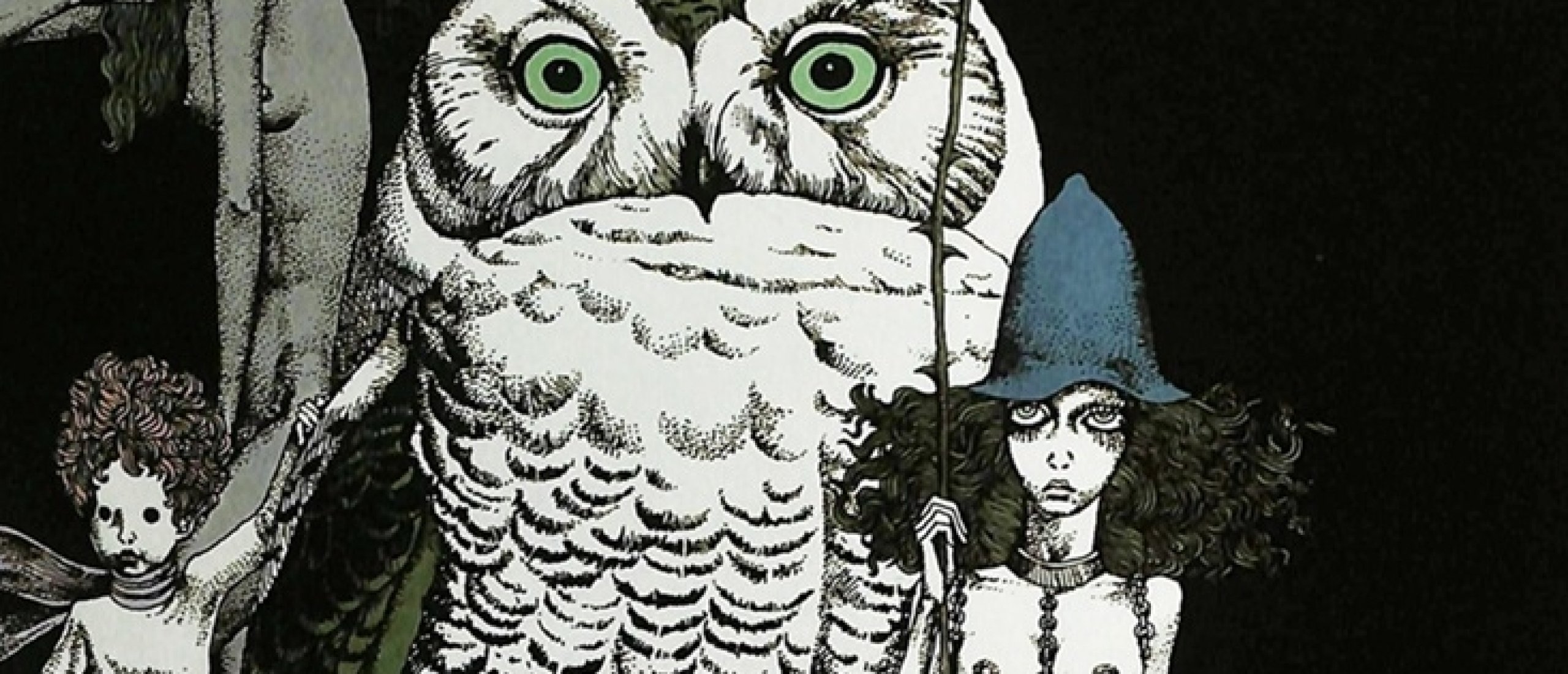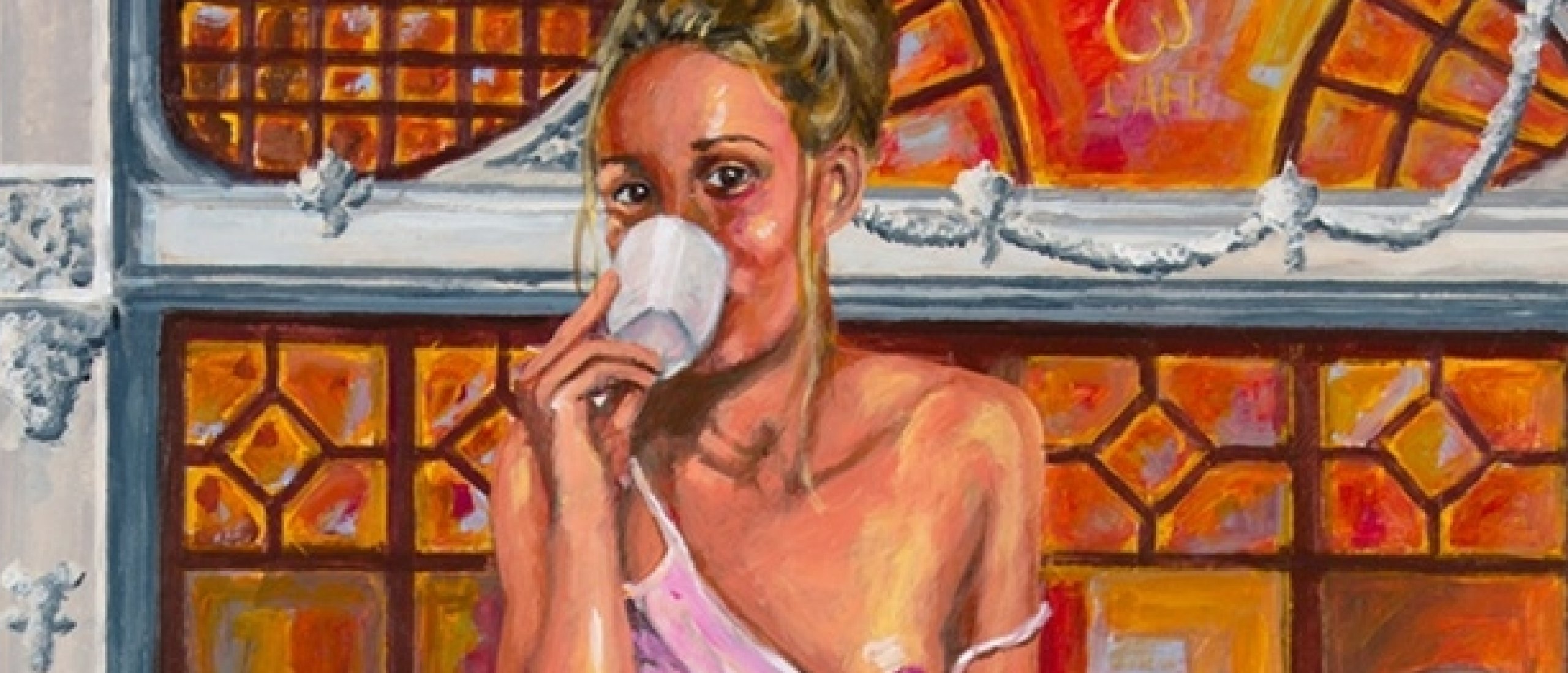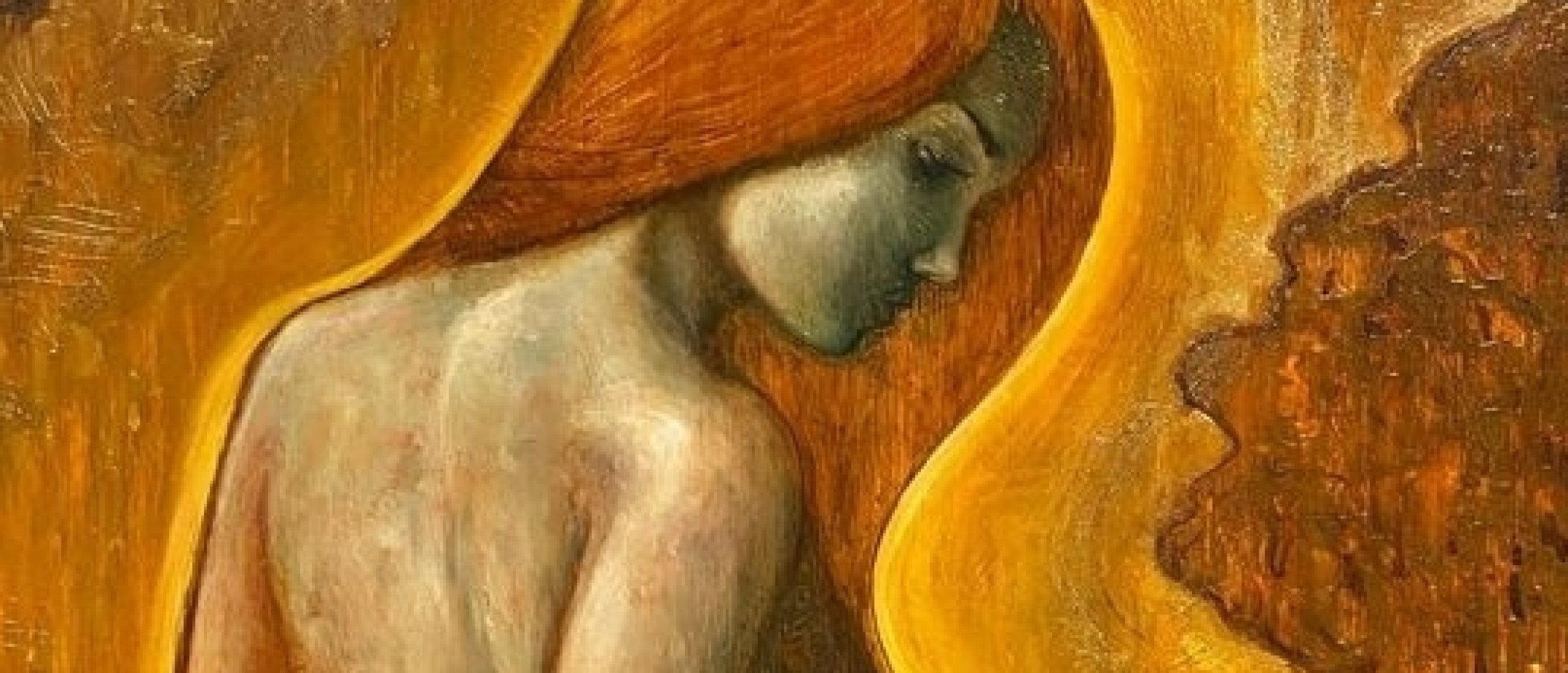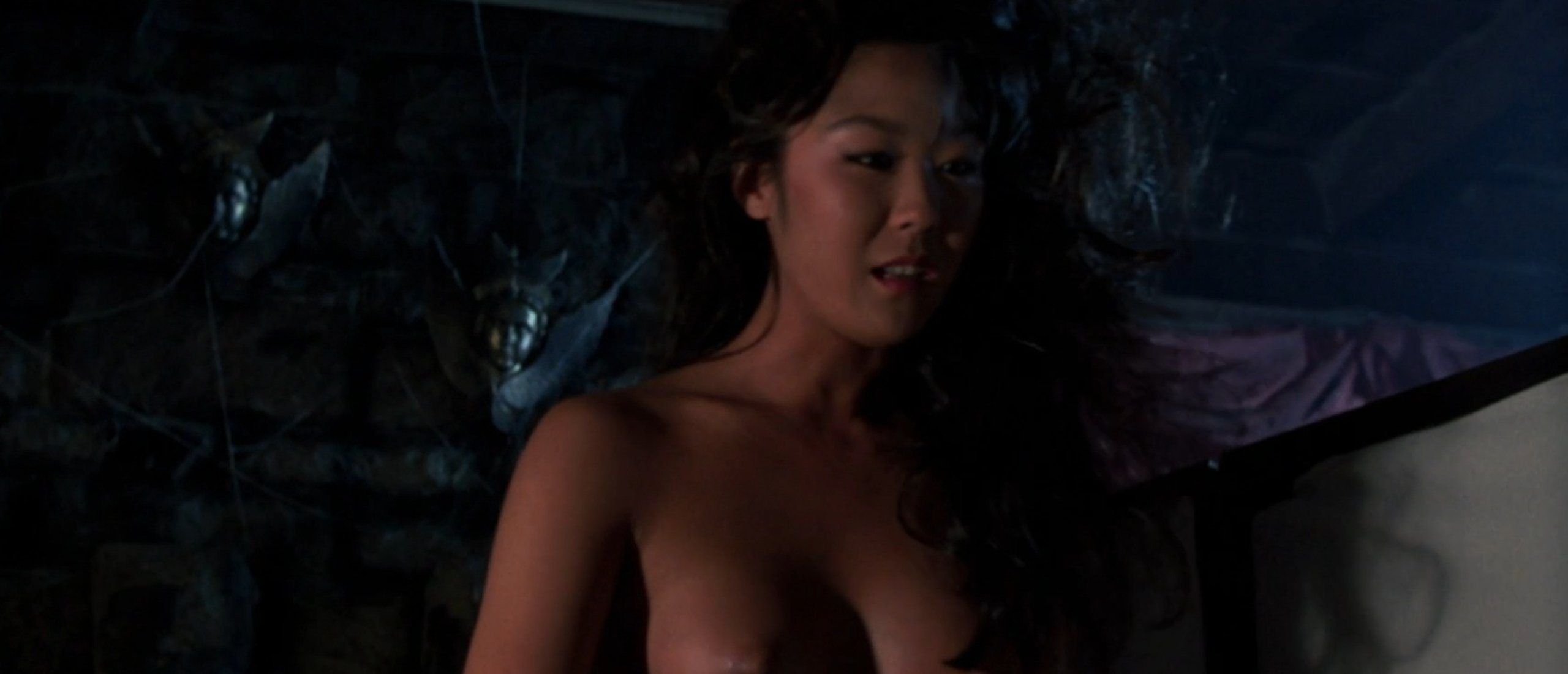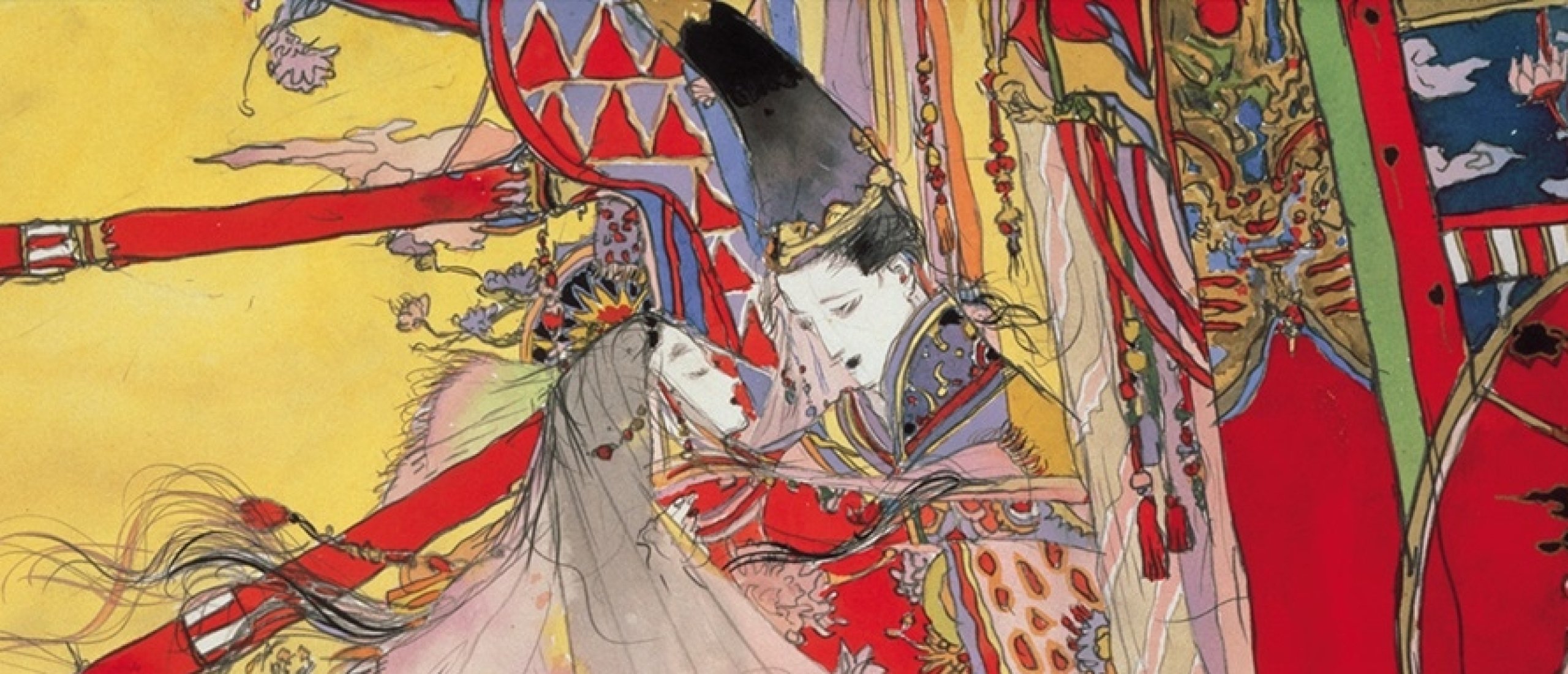
The Tale Of Genji
The Tale of Genji (源氏物語, Genji Monogatari) is regarded today as a classic of Japanese literature. Written by the novelist, poet, and court lady Murasaki Shikibu at the height of the Heian period, around the early 11th century, the work portrays the lifestyles of the Japanese aristocracy during this era, focusing on the life of Hikaru Genji, or "Shining Genji," the son of Emperor Kiritsubo and a low-ranking concubine. For political reasons, Genji is removed from the line of succession to the throne and is demoted to commoner status, which forces him to pursue a career as an imperial officer. Throughout the novel, Genji falls in love multiple times, with several women becoming his lovers. However, he was not merely a philanderer, as his love in each case was so serious that he was willing to sacrifice his social position and even his life.
The original manuscript was created in the "concertina" or orihon style, where several sheets of paper were glued and folded alternately. Although the original no longer exists, the work is widely recognized as one of the first prose narratives in history and a globally significant milestone, being the first novel written by a woman to achieve such recognition.
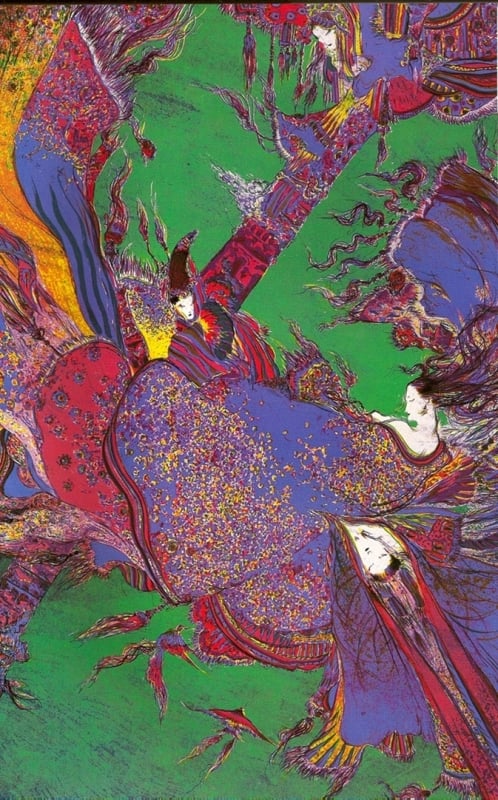
Fig.1.
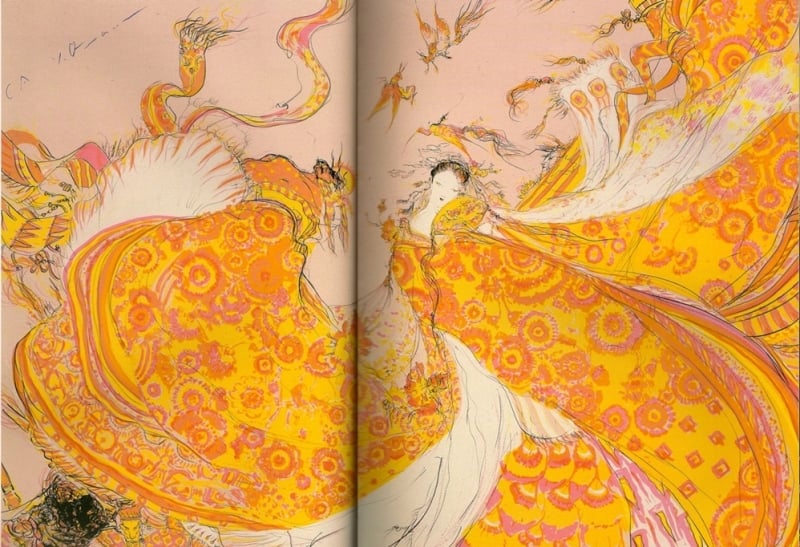
Fig.2.
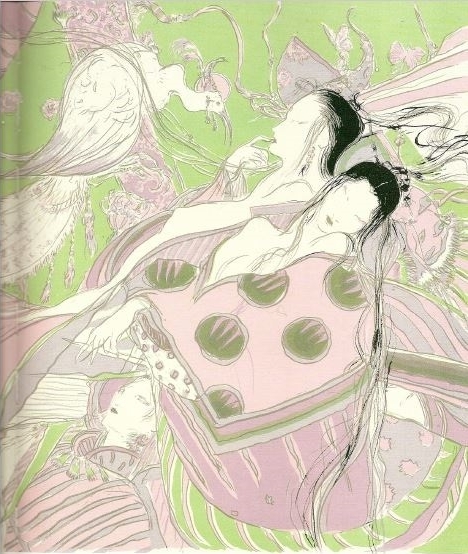
Fig.3.
The Roots Of Eroticism In The Tale Of Genji
In The Tale of Genji, eroticism is deeply intertwined with the narrative, functioning as an expression of the relationships between desire, power, and court culture in Heian Japan. Murasaki Shikibu’s work employs eroticism not merely as a feature of Genji's life but as an element shaping his interactions and relationships with the women around him. Far from being explicit, the eroticism in The Tale of Genji is intimately connected to the subtleties of Heian court culture and the aristocratic conduct of the time. The narrative thus reveals an understanding of eroticism that involves delicacy, sensitivity, and symbolism, particularly in the interplay between desire and social duty. It is not surprising that in one of the most canonical works of Japanese literature, eroticism is present, as its near-ubiquity is linked to myths regarding the very foundation of Japanese culture, as noted by Jacob Raz:
“Eroticism and the arts have long been intertwined in Japanese history. The origin of this connection lies in the primitive shamanistic rites of the gods, where it was believed that the priestess (and sometimes the girl of the rice planting rites) was the lover of the visiting god or his bed companion during the night of his visit. Later, however, the subtle distinction between mere prostitution and religious devotion became vague, and later aruki-miko [‘wandering priestesses’] became itinerant prostitutes, closely related to outcast communities. Even after the link between religious rites and actresses ceased to exist, and even when they became mere prostitutes, their connection to entertainment and the arts never ended.” (Audience and Actors, Jacob Raz, 1983, p. 141)
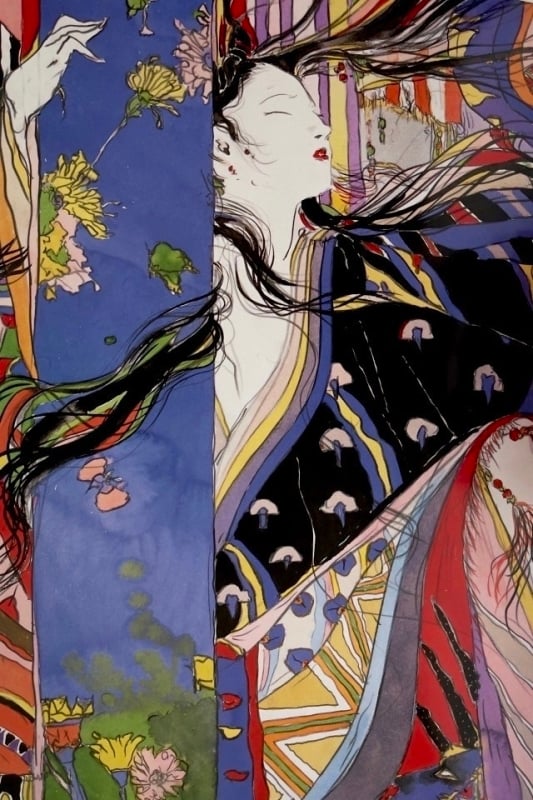
Fig.4.
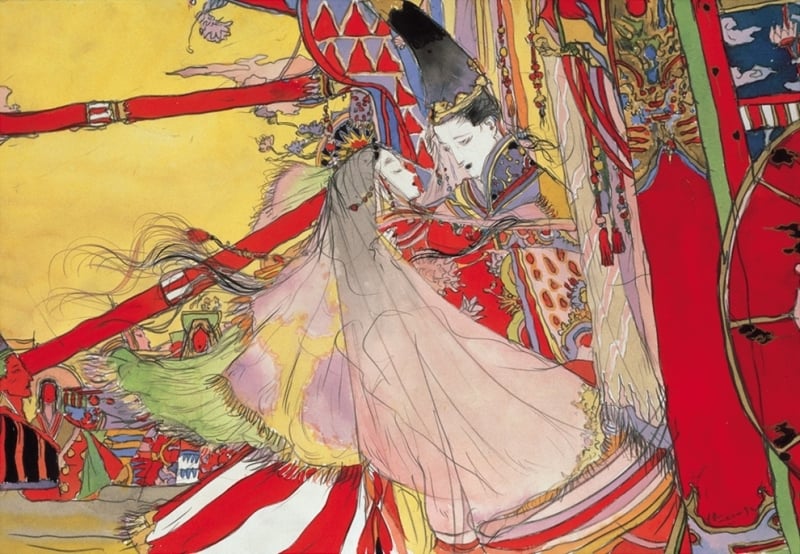
Fig.5.
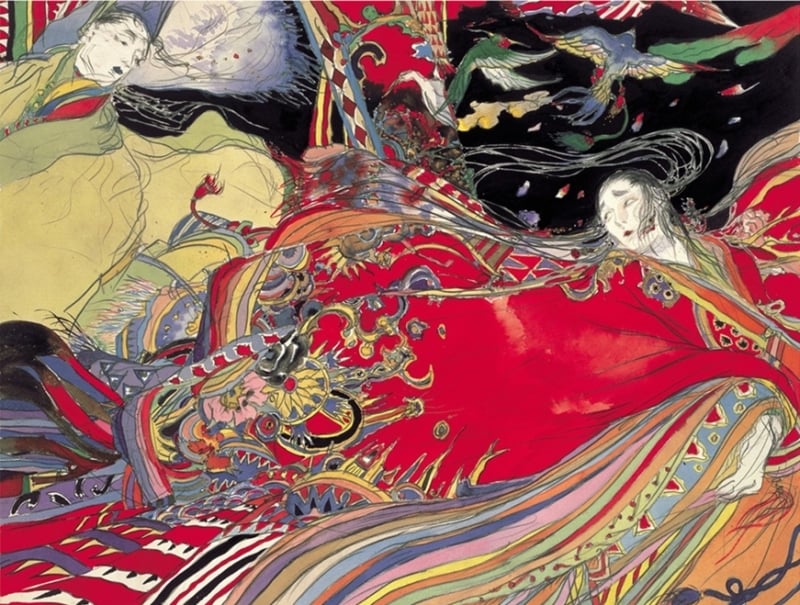
Fig.6.
The Tale Of Genji Interpreted By Yoshitaka Amano
It is with this focus on eroticism in The Tale of Genji that Yoshitaka Amano interprets the work through his illustrations. In his reading of The Tale of Genji, the Japanese artist—known for his unique visual style and contributions to contemporary Japanese art—brings a distinctive interpretation marked by delicate lines, ethereal figures, and a dreamlike color palette. This approach offers a new way of experiencing Murasaki Shikibu’s classic narrative, which is closely associated with Heian court life and its complex social and romantic relationships.
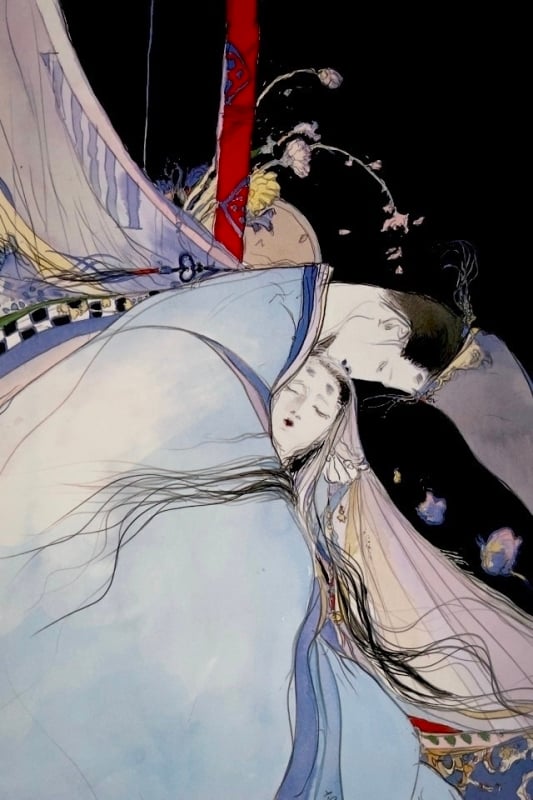
Fig.7.
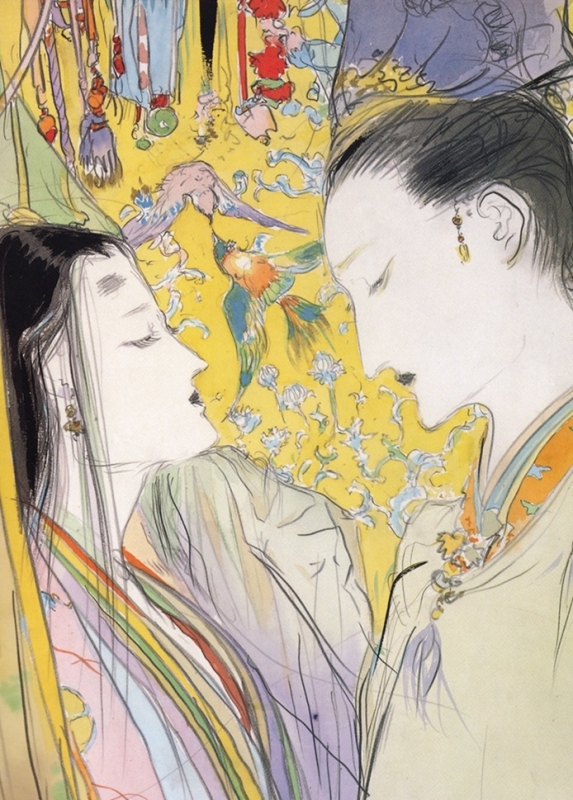
Fig.8.
In Premium you can learn more about, among other things, Amano's career, style and visual approach, the hallmarks of Amano’s distinctive style, and numerous additional images
Click HERE for one of the sensual interpretations on The Tale of Genji by the ukiyo-e artist Utagawa Kunisada.
What do you think about Amano's visual translation of The Tale of Genji? Leave your reaction in the comment box below!

